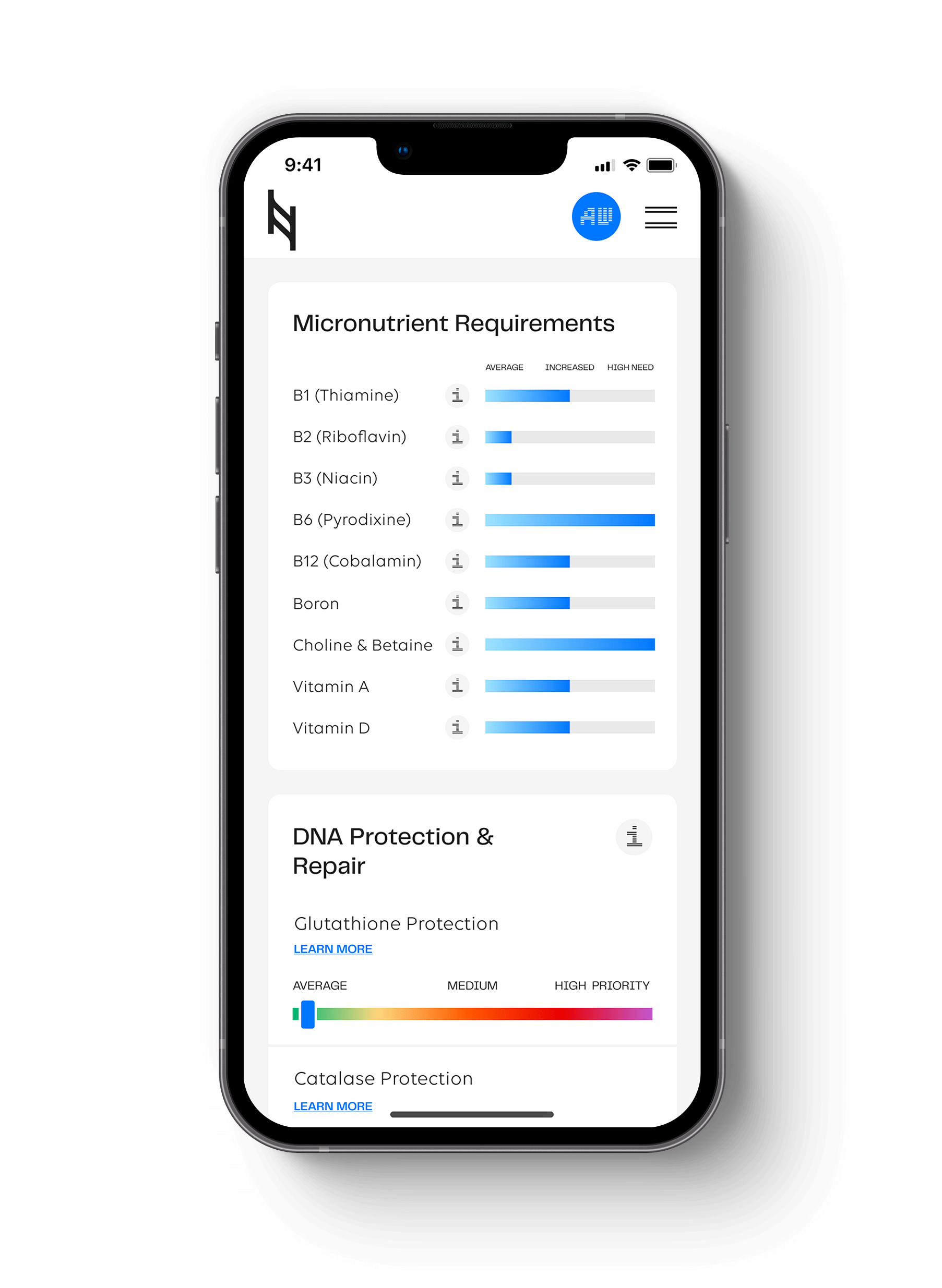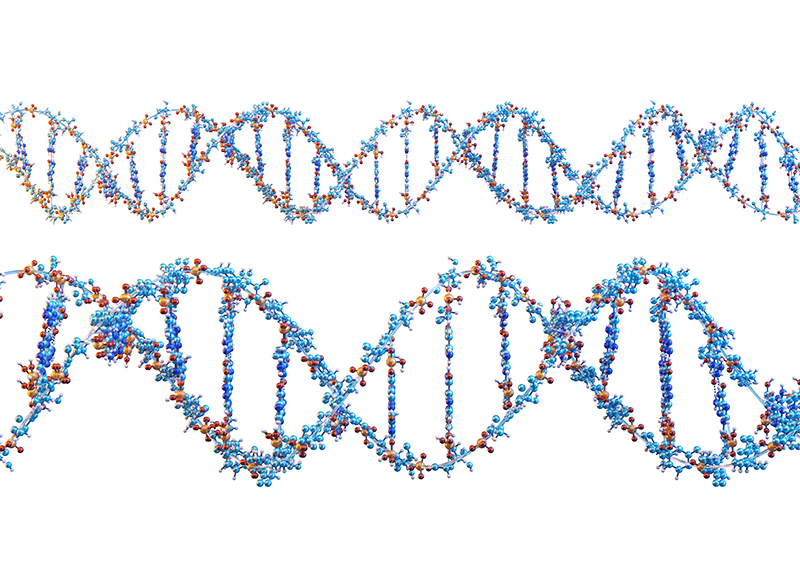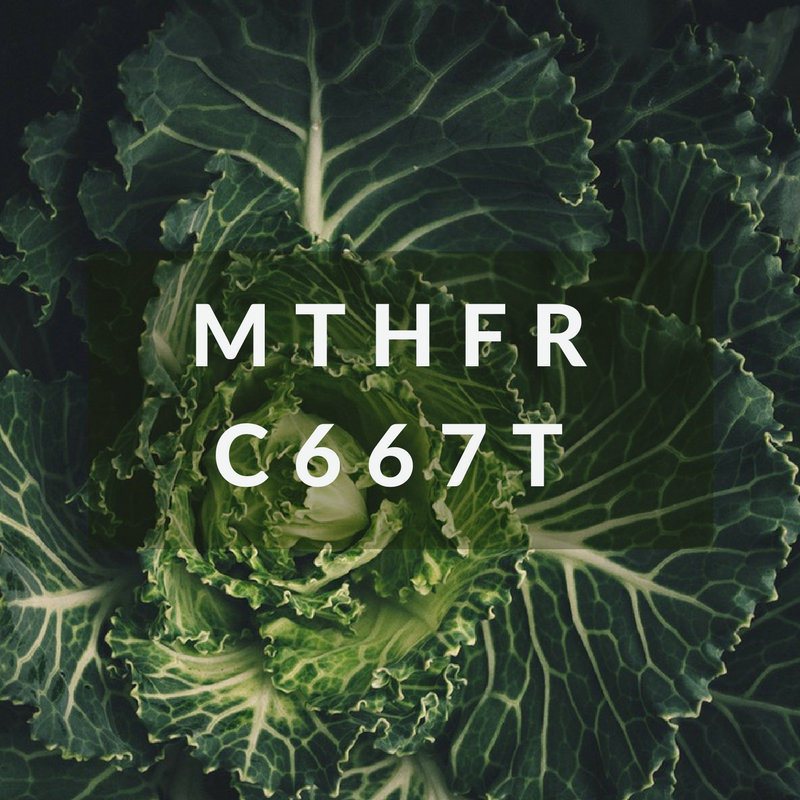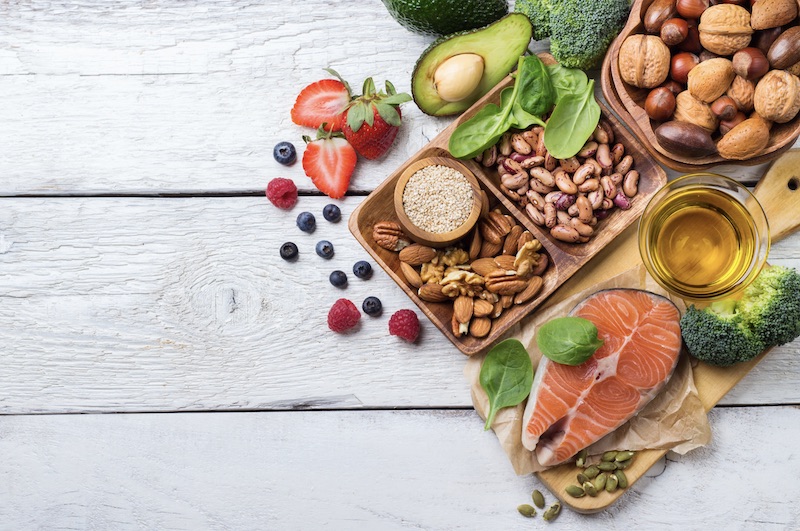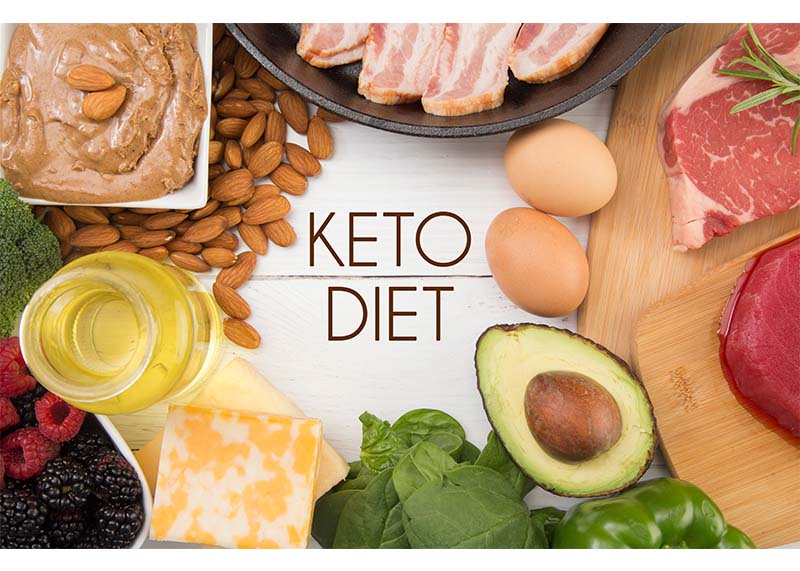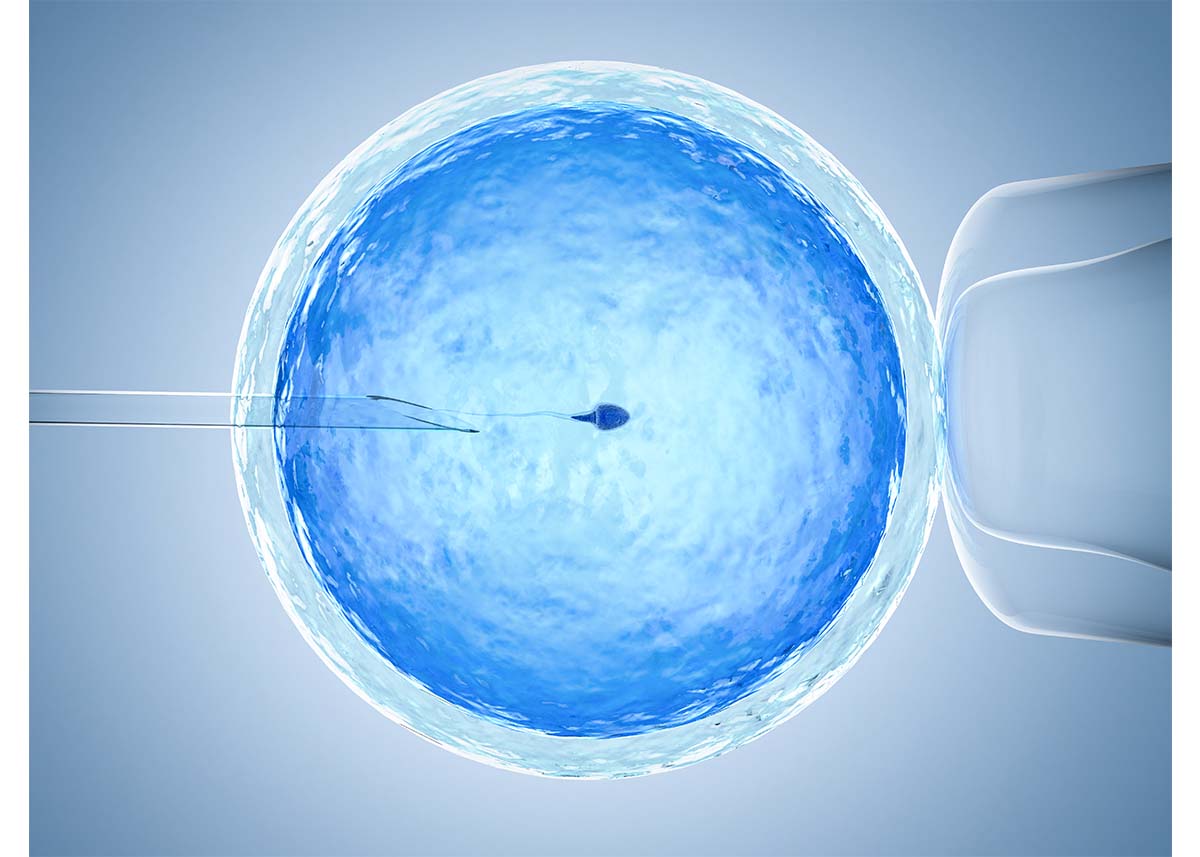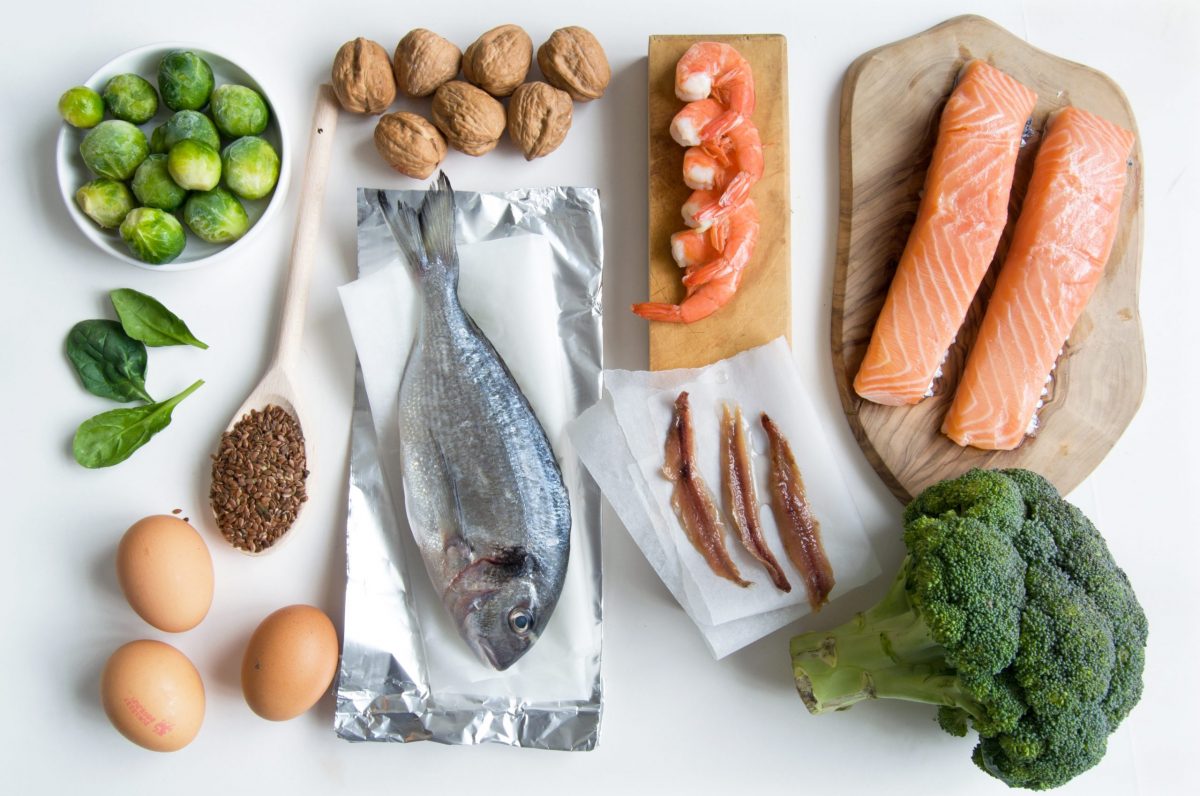The TP53 gene is another excellent example of how our environment shapes our genome, and how our genes respond to give us the best chance of survival. The TP53 gene variant was analyzed in 4,029 people from 67 populations located throughout eastern Asia, from 11° south of the equator (Indonesia) to 65° north (northern China). They found that the C version of this SNP is more common at higher latitudes.
As we move away from the climates our body has become adapted to and changed from, we present our genome with new challenges and requirements. TP53 variants and those from northern latitudes show an alteration in DNA protection and immunity requirements, especially those who moved closer to the equator.
Gene: Tp53 rs1042522
Report Section: DNA Protection, Damage, and Repair
Clinically Significant Genotype: Tp53 (CG and CC)
Ancestral Backstory
Tp53 is a tumor-suppressing gene that is responsible for DNA repair. Variants in the Tp53 gene are common in those with ancestry from northern latitudes, and mutations occurred to increase fertility in cold climates at the expense of reduced DNA repair.
As people moved out of Africa and into Asia, the lower levels of DNA-damaging UV light meant they could afford to have less p53 in their cells, which is better for fertility and pregnancy.
Connection to Immunity
Researchers have found a link with the Tp53 gene variant and an increased risk of the autoimmune disorder Hashimoto’s disease, as well as increased risk of occupational skin cancer. Tp53 also participates in the host defense against viral infection.
As we discussed in the blog article COVID-19: Genetic Research and a Novel Pathway, the NF-kb pathway is a target for viruses to activate. One strategy is to inactivate this activation and inhibit and suppress NF-kb to decrease inflammation and viral replication, with the goal to mitigate the severity.
The Tp53 gene shares a relationship with the NF-kb pathway which can be both antagonistic or cooperative. Low p53 levels cause increased activity in NF-kb (high viral activity) while restoring p53 levels inhibits NF-kb (low viral activity). Those with the CG or CC genotype may have lower p53 expression and require higher amounts of certain nutrients to modulate p53 expression. These include zinc, niacin and selenium, as well as optimizing vitamin D levels.
Zinc deficiency during a severe infection provokes a systemic increase in NF-κB activation. Human studies have seen a reduction of respiratory tract infections in elderly homes that correct low zinc and selenium levels.
Vitamin D is known to suppress NF-kb and target Tp53. There are numerous studies looking at vitamin D levels and respiratory infection risk and severity. A meta-analysis of these studies appears to show that vitamin D is only useful for those who are clinically low (below 20 ng/ml), with moderate doses daily or weekly to raise levels being more effective than periodic large doses.
Few studies have been performed on vitamin D levels for those who are in Nordic countries where UV exposure is low due to latitude, but dietary vitamin D from seafood is high. One study looked at a population with an age range of 70-74 in the Faroe Islands. The majority had fish more than twice a week, while a quarter of the sample size consumed whale blubber (a Faroese traditional food and high in vitamin D) and meat more than once a month.
The researchers found that 35.1% had a vitamin D level of 25-50 ng/ml and 36% had a vitamin D level of 50-80 ng/ml. Only 18.5% had a vitamin D level below 25 ng/ml, and 10.3% had a level above 80 ng/ml. During the summer season, the median vitamin D concentration went above 50 nmol/l, and during November through February, the median levels were 15 % lower than the levels during the summer season.
The factors that correlated with lower vitamin D levels were obesity (biggest one), less whale blubber intake, and genetic variants in vitamin D metabolism (hypothesized). A combination of obesity and low vitamin D levels put the body in an inflammatory state and poorly equipped to fight off viruses.
Action Plan
- Optimize zinc intake for variants in Tp53. Older populations, those taking PPI medications and other medications that deplete zinc, chronic stress, chronic digestive disorders, pancreatic disorders, cancer, diabetes, and vegetarians are all susceptible to low zinc levels.
- Optimize selenium intake for variants in Tp53. Selenium is highest in seafood and ranges based on the soil. Here is a map of selenium levels in the United States so you can see if you live in a selenium-depleted area.
- Optimize niacin for Tp53. DNA repair requires ATP, and an adequate NAD+ level is critical in maintaining the genomic integrity of skin cells during UV radiation. Niacin deficiency in rats and nicotinamide depletion in cultured cells derived from breast, lung, and skin cells caused decreased expression of the tumor suppressor protein p53.
- Get your vitamin D levels tested to ensure you are in the healthy range. For those with more northern heritage and lower Tp53, dietary vitamin D may be a better source than the sun.
Sources
- https://www.ncbi.nlm.nih.gov/pmc/articles/PMC3997009/
- https://www.ncbi.nlm.nih.gov/pubmed/19847165
- https://link.springer.com/article/10.1007/s10787-017-0309-4
- https://jamanetwork.com/journals/jamainternalmedicine/fullarticle/484994
- https://www.ncbi.nlm.nih.gov/pmc/articles/PMC3067895/
- https://www.ncbi.nlm.nih.gov/pubmed/27878254
- https://europepmc.org/article/pmc/pmc2667983
- https://www.ncbi.nlm.nih.gov/pmc/articles/PMC6024945/
- https://www.ncbi.nlm.nih.gov/pubmed/29504924
- https://www.ncbi.nlm.nih.gov/pmc/articles/PMC3067895/#r26
- https://www.nature.com/articles/s12276-018-0038-9
- https://www.ncbi.nlm.nih.gov/pmc/articles/PMC4413010/
Hit your health goals faster
We'll help you remove the guesswork
Experience the most advanced nutrigenomic test available, covering 100 clinically relevant genes for a "whole body" analysis. Take control of your health today.
$359
